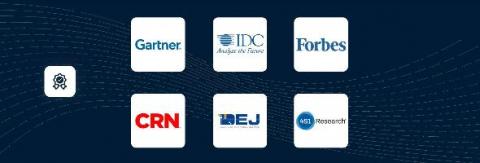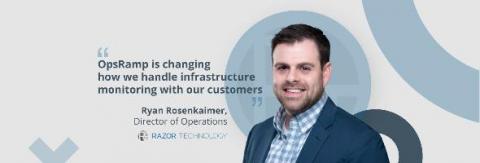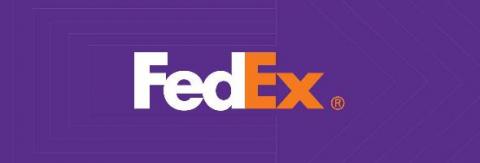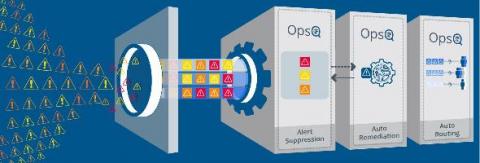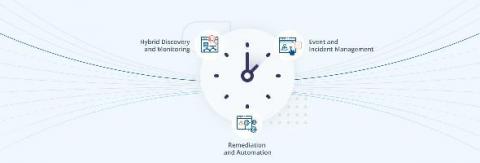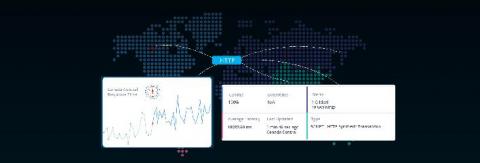Customer Chat: LifeSouth's Covid-19 Pivot
OpsRamp customer LifeSouth is a non-profit community blood bank based in Gainesville, Florida, and serving more than 100 hospitals in Alabama, Florida and Georgia. With 925 employees, LifeSouth has more than 30 donor centers, 55 blood mobiles and nearly 1,000 blood drives a month. Daniel Kerr, Configuration Management Engineer with LifeSouth Community Blood Centers, shared the current IT challenges and projects at his organization.



